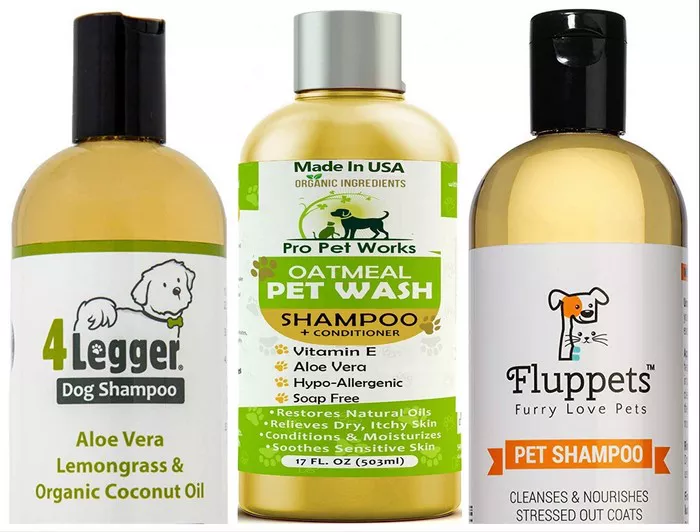In the realm of beauty trends, the age-old practice of hair oiling is experiencing a resurgence, captivating beauty enthusiasts on social media. The process involves massaging oil into the scalp, promising benefits such as enhanced hair growth, shine, and strength. As individuals seek to embrace their “hair health era,” this traditional practice has taken center stage, with social media platforms buzzing about its transformative effects.
The roots of hair oiling trace back to ancient traditions, particularly in India and South Asia. Dr. Marisa Garshick, a board-certified dermatologist and clinical assistant professor at Cornell–NewYork-Presbyterian, notes that the art of massaging hair with oil, known as “champi” in India, originated from Ayurveda—the ancient Indian medical system. The practice, now widely popularized, has become a focal point for those seeking to revitalize and nurture their hair.
The choice of oil is crucial in this practice, with considerations for individual scalp concerns and hair types. Dr. Garshick recommends coconut oil for those with dry hair due to its richness in fatty acids. Additionally, argan oil, rich in omega-3 fatty acids, is deemed suitable for dry hair. For individuals with fine or oily hair, lightweight and easily absorbed options like jojoba oil are suggested.
Hair growth enthusiasts can turn to rosemary oil, known for its potential to stimulate regrowth. Dr. Garshick points out a study highlighting rosemary oil’s effectiveness, comparable to minoxidil 2%, a key ingredient in hair loss treatments. Castor oil also emerges as a contender in supporting hair growth, requiring dilution before application.
The choice of oil extends to the extraction process, as Dr. Garshick recommends cold-pressed oils for their nutrient-rich and less processed nature. The application process is equally vital, emphasizing a gentle scalp massage and the importance of diluting essential oils like rosemary and castor oil with carrier oils such as coconut or jojoba oil.
To derive maximum benefits, individuals are advised to apply the oil sparingly, avoiding saturation of the scalp. Depending on the specific oil and treatment goal, leaving the oil on for varying durations—ranging from minutes to overnight—before washing it out is recommended.
The potential benefits of hair oiling include softening and smoothing hair strands, retaining moisture, addressing scalp inflammation, and reducing frizz. Dr. Garshick suggests integrating this practice into a weekly routine, emphasizing its efficacy when done one to two times per week.
As beauty enthusiasts embrace this ancient tradition, it’s essential to conduct thorough research, understand individual hair types and concerns, and seek expert advice before delving into any hair trend. The revival of the age-old practice of hair oiling highlights a growing fascination with time-tested beauty rituals in the contemporary beauty landscape.


